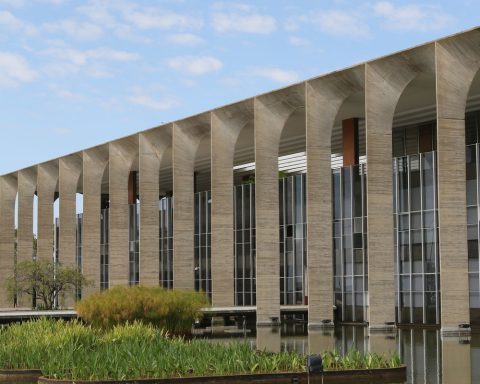An intense heat wave continues to affect Avseveral provinces in the center and north of the countryextending the yellow alert for high temperatures, according to the ranking released by the National Meteorological Service.
According to the SMN ranking updated at 7:00 p.m., the highest temperature was recorded in the Formosa town of Las Lomitas with 38.4 degrees.
It was followed by temperatures above 36 degrees andnSantiago del Estero capital and in the Santa Fe town of Reconquest.
In turn, temperatures above 35 degrees were recorded in the towns of SOld willow; Rio Hondo Hot Spring in Santiago del Estero; Rosario, in Santa Fe; Paso de los Libres, Corrientes and in the City of La Rioja.
“There will be temperatures between 2 and 3 degrees above average,” reported the National Meteorological Service (SMN) through its social networks.
The SMN indicated there is a yellow alert for high temperatures throughout the province of Santa Fe, Entre Ríos and Tucumán.
?This week will continue the #heat in various Argentine provinces. There will be temperatures between 2 °C and 3 °C above average in the north of the country and in much of Patagonia and the Humid Pampas.
consult the #WeeklyForecast ?
?https://t.co/p0kxPuHoft pic.twitter.com/86d07Vn1Wo— SMN Argentina (@SMN_Argentina) January 16, 2023
This alert remains in the central and southern Corrientesin it center and east of Córdobain almost all of Santiago del Esteroin it central and northern Formosa and in the east of Salta.
In the province of Buenos Aires extends the yellow alert in north, center and southaccording to the report.
In turn, this is maintained alert for high temperatures in almost the entire metropolitan area of Buenos Aireswith the exception of CABA.
This alert extends to the western zone of the province of Santa Cruz, impacting the area of the Cordillera de Lago Buenos Aires and Río Chico, Meseta de Lago Buenos Aires and Río Chico and the Cordillera de Guer Aike, Cordillera de Lago Argentino.
The yellow alert level for heat indicates that the expected temperatures may have a mild to moderate effect on health, but may be dangerous for risk groups, such as boys and girls, and people over 65 years of age, with chronic diseases .


















